Reading Guide—Bailey American Pageant
Chapter 4—American Life in the 17th Century
Pages 64-81
Unhealthy Chesapeake
1. What
were the three most populous colonies at the start of the 1700’s?
1.
2.
3.
The Tobacco Economy
2. What
were “indentured servants”?
3. Describe
the “headright” system.
Frustrated Freedmen
and Bacon’s Rebellion
4. Who
was Nathaniel Bacon? What was Bacon’s
Rebellion about?
Colonial Slavery
5. In
what year did black slaves outnumber white servants among new arrivals?
6. Where
did “most” of the slaves come from?
7. Describe
the slave codes.
Africans in America
8. Describe
3 slave contributions to American society:
1.
2.
3.
Southern Society
9. What
are the five parts to the Southern social structure?
1.
2.
3.
4.
5.
New
England Family
10. In what
three ways did New Englanders differ from Southerners, according to Bailey?
1.
2.
3.
11. How often
did women in New England have children?
Life in New England
Towns
12. What was
the basis of New England society?
13. How did the
New England town meetings exhibit pure
democracy?
The Halfway-Covenant
and Salem Witch
Trials
14. Describe
what a “jeremiad” was.
15. Describe
the “half-way covenant.”
Chapter 4— American
Life in the 17th Century (Continued)
The New England Way of
Life
16. How did the
New England soil and climate affect
agriculture and industry?
The Early Settlers’
Days and Ways
17. What
occupation did the majority of colonists engage in?
18. Explain the
saying, “Dukes don’t emigrate.” How did
this affect the colonies?
19. Describe
what happened in Leisler’s Rebellion.
Ch. 4
American
Life in the Seventeenth Century
Pgs.
64-81
1. William
Berkeley
2. Nathaniel
Bacon
3. Indentured
servitude
4. Slave
codes
5. Headright
system
6. Jeremiads
7. Middle
passage
8. Bacon’s
Rebellion
9. Half-Way
Covenant
10. Leisler’s
Rebellion
Reading Guide—Bailey American Pageant
Chapter 5—Colonial Society on the Eve of Revolution
Pages 82-104
Conquest by the
Cradle
1. What
was the average age in the colonies by 1775?
2. What
were the five most populous colonies by 1775?
1.
2.
3.
4.
5.
Mingling of Races
3. What
% did Germans, Scotch-Irish, and “other” Europeans comprise in 1775?
4. What
was the largest non-European group in the colonies in 1775?
Structure of Colonial
Society
5. Using
the pyramid on page 85, describe the six levels to colonial society in 1775.
1.
2.
3.
4.
5.
6.
Clerics, Physicians,
and Jurists
6. What
was the most honored profession in the colonies?
7. What
was the favorite prescription for smallpox?
Workaday America
8. What
was the leading industry in the colonies?
9. Describe
the triangular trade.
10. Why did the
colonies begin trading with the French?
Horsepower and
Sailpower
11. Why were
taverns important?
Dominant
Denominations
12. What were
the two tax supported churches in the colonies in 1775?
Great Awakening
13. What two
burdens did the Puritan church face?
1.
2.
14. Describe
the five lasting effects of the Great Awakening
1.
2.
3.
4.
5.
Schools and Colleges
15. What was
the first college that was free from denominational control? Who helped launch it?
Culture in the
Backwoods
16. Why was
there no colonial literature or art?
Pioneer Presses
17. Why was the
Zenger case important?
Great Game of
Politics
18. How were
the two houses of colonial legislatures chosen?
19. What
qualifications to vote existed in 1775?
Colonial Folkways
20. What
social event offered opportunities for social gatherings in the colonies?
Ch. 5
Colonial Society on the Eve
of Revolution
Pgs. 82-103
1. Jonathon Edwards
2. Benjamin Franklin
3. George Whitefield
4. John Peter Zenger
5. Phillis Wheatley
6. Paxton Boys
7. Great Awakening
8. Regulator Movement
9. old and new lights
10. Molasses Act
Reading Guide—Bailey American Pageant
Chapter 6—The Duel For North America
Pages 105-120
France
Finds a Foothold in Canada
1. What
year and where was the first French settlement founded?
2. Who
controlled New France? How does Bailey characterize its government?
New
France Fans Out
3. What
valuable resource did New France contain?
4. Who
founded the following and when:
a. Detroit
b. Louisiana
5. Why
was New Orleans
important?
Clash of Empires
6. What
three civilizations competed for control of North America?
7. How
did the War of Jenkins Ear begin? What
was its implication?
George Washington
Inaugurates War with France
8. Why
was the Ohio
country vital to the English? The
French?
Global War and
Colonial Disunity
9. Who
were the principal adversaries in Europe
during the Seven Years War?
10. What was
the long range purpose of the Albany Congress?
Pitts Palms of
Victory
11. Why does
the Battle of Quebec rank as one of the most significant in US history?
Mother-and-Daughter
Friction
12. Describe
the “curse of colonial disunity.”
13. How did the
colonies begin to unify during the French and Indian War?
Americans: A People
of Destiny
14. Who was
Chief Pontiac? Why was his rebellion
important?
15. Why were the colonists angered by the Proclamation
of 1763?
Ch. 6
ID/SIG’s
The Duel for North America
Pgs. 105-121
1. Samuel de
Champlain
2. William Pitt
3. Robert de la Salle
4. James Wolfe
5. Edward Braddock
6. Pontiac
7. Huguenots
8. French and Indian
War
9. Albany Congress
10. Proclamation of
1763
ZINN
CHAPTER 2
Study
Questions
1. According to Zinn, what is the root of
racism in America?
2. Why were Africans considered
"better" slaves than Indians in Virginia?
3. How did 16th century Africa
compare to 16th century Europe politically,
economically, and militarily?
4. How did slavery in Africa
differ from slavery in Europe and the Americas?
5. Describe the conditions that slaves on
ships coming to America
("Middle Passage").
6. What was the position of the Catholic
church in Portugal
vis-à-vis slavery?
7. In terms of mortality, what was the cost
of slavery?
8. What was the relationship between slavery
and the plantation system.
9. What evidence exists that America’s
slaves did not accept their fate easily?
10. Why did slave owners fear poor whites?
ZINN
CHAPTER 3
Study
Questions
1. What is Zinn’s thesis in this chapter?
2. What was the underlying cause of Bacon’s
Rebellion?
3. What was the "double motive" of
the Virginia
government vis-à-vis Bacon’s
Rebellion?
4. What groups of people took part in Bacon’s
Rebellion?
5. Explain indentured servitude (also known
as the "headright system").
6. How did the voyage of indentured servants
to America
compare with the
"Middle Passage."
7. What generally happened to indentured
servants after they became free?
8. To what extent did a class structure
emerge in America
by 1700?
9.
What evidence does Zinn provide regarding the monopoly of power by the rich
in Boston?
10. Explain the statement: "The
country therefore was not "born free" but born
slave and free, servant
and master, tenant and landlord, poor and rich."
11. How did the rich manage to keep Indians
"at a distance?"
12. What was the probable reason why
Parliament made transportation to the
New
World a legal punishment for crime?
13. Explain the statement: "race was
becoming more and more practical."


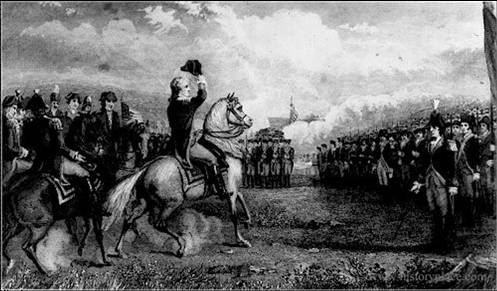




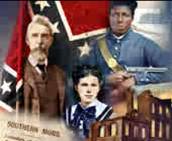
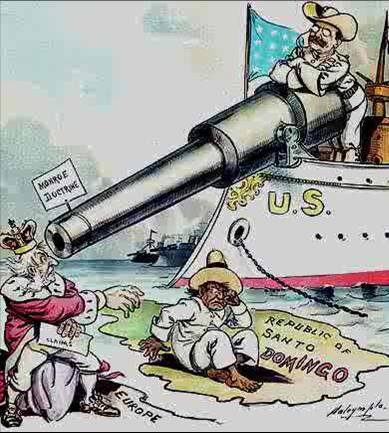
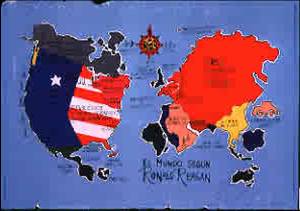

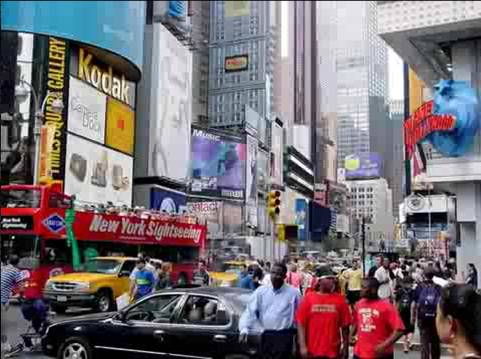

No comments:
Post a Comment